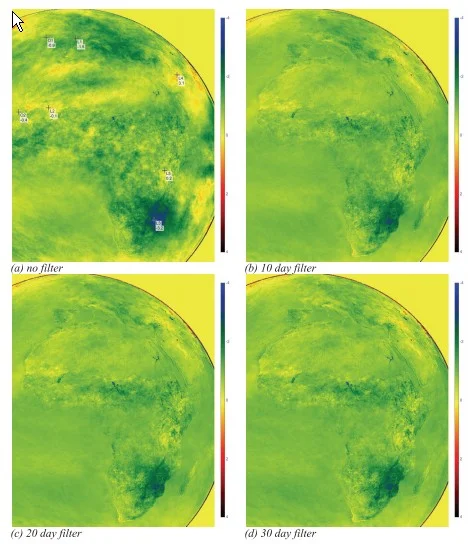5. Children
Hundreds of millions of children are already the victims of the
worsening climate crisis and it is estimated that 6 billion under-5 year old
infants will die avoidably this century due to unaddressed climate change. All
children are acutely threatened by man-made climate change. Some ideas for
climate action re children:
5.1 Carefully-designed, ethical, science-informed (e.g. Climate
Commission-informed), clear summaries of the climate crisis and solutions
should be provided to all primary school children as a booklet, book mark, and
refrigerator magnet.
5.2 Carefully-designed, ethical, science-informed, clear summaries
of the climate crisis and solutions should be provided to all secondary school
children as a booklet, book mark, and refrigerator magnet.
5.3 Green apparel as a badge of environmental concern (children
can declare themselves for their future; make every day St Patrick’s Day).
5.4 Carefully-designed, ethical, science-informed, clear summaries
of the climate crisis and solutions should be provided to all parents, school
teachers, clergy, sports coaches, music teachers and indeed all those involved
with children activities.
5.5 Smart ways of explaining to children that we have just One
Planet and that any species extinction is unacceptable.
5.6 Awards to children (from badges to books) for good works for
the Biosphere.
5.7. Local, state, national and global awards for outstanding
environmentalism by children.
5.8 Children must be ethically encouraged to boycott ecocidal and
terracidal products and services.
5.9 Children should be ethically encouraged to ask what their
elders are doing in the War on the Planet. and instructed about the terms
intergenerational equity, intergenerational justice, intergenerational inequity
and intergenerational injustice.
5.10 Climate activists must educate and mobilize children who
have the time and energy to help save their world.
5.11 Children and young people in general instructed about
intergenerational equity, intergenerational justice, intergenerational inequity
and intergenerational injustice.
5.12 Just as a children were ethically
instructed about the consequences of nuclear war in “When the wind blows” by
Raymond Briggs (1982), so they should be similarly made aware of the
consequences of climate change inactionPerhaps if someone pointed out to him that there is no sign of a 'climate crisis' anywhere, let alone of 'the worsening climate crisis', it might help him understand that the crisis projected as a possibility by such as the IPCC is not due to arrive for many more decades. Their alarm is based upon crude and inadequate computer models which have enjoyed a dismal track record to date, and which show little sign of real improvement despite the billions of dollars thrown at and around them for the past 20 years or more.
So far, this century and last, the climate has done nothing extraordinary. But we have seen some extraordinary actions proposed for the control and manipulation of society. Such as the above.
Hat-tip: Greenie Watch: http://antigreen.blogspot.co.uk/2013/08/dotty-warmist-aiming-for-minds-of.html#links
PS It would make a good exercise for senior pupils to Fisk or otherwise comment on the implications of each point.
